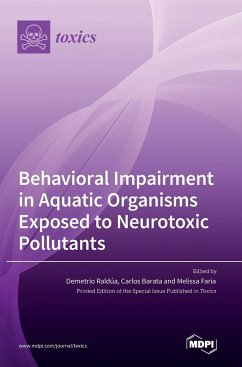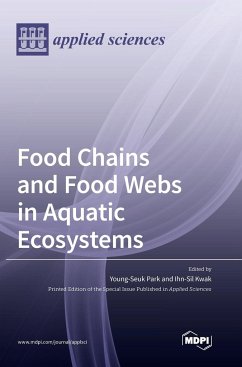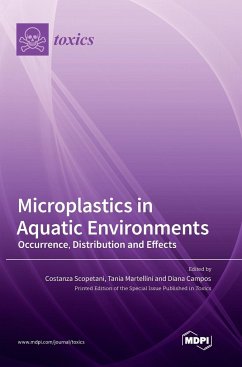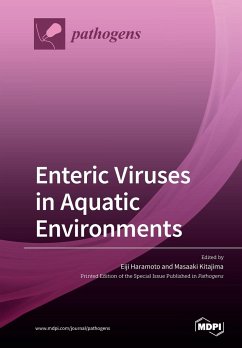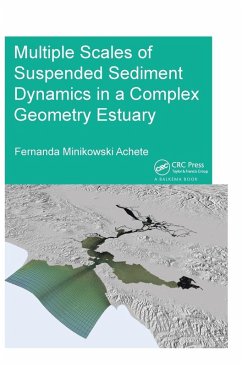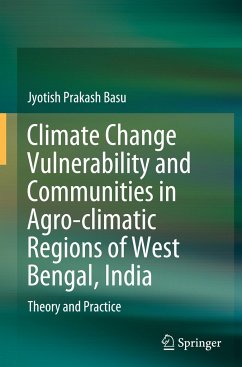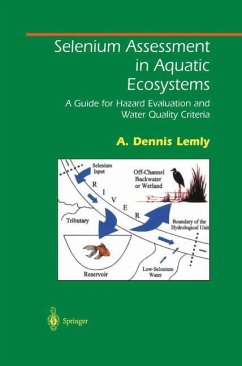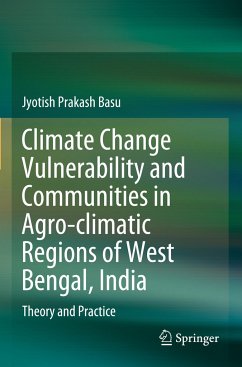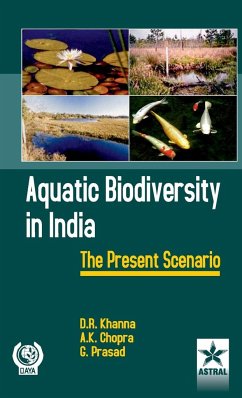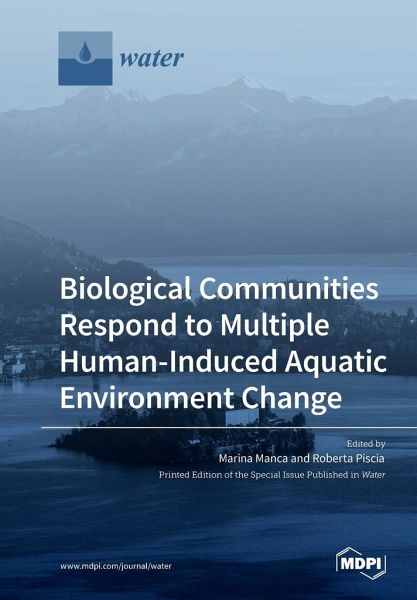
Biological Communities Respond to Multiple Human-Induced Aquatic Environment Change
Versandkostenfrei!
Versandfertig in 1-2 Wochen
57,99 €
inkl. MwSt.

PAYBACK Punkte
29 °P sammeln!
Perturbations linked to the direct and indirect impacts of human activities during the Anthropocene affect the structure and functioning of aquatic ecosystems to varying degrees. Some perturbations involve stress to aquatic life, including soil and water acidification, soil erosion, loss of base cations, release of trace metals/organic compounds, and application of essential nutrients capable of stimulating primary productivity. Superimposed onto these changes, climate warming impacts aquatic environments via altering species' metabolic processes and by modifying food web interactions. The int...
Perturbations linked to the direct and indirect impacts of human activities during the Anthropocene affect the structure and functioning of aquatic ecosystems to varying degrees. Some perturbations involve stress to aquatic life, including soil and water acidification, soil erosion, loss of base cations, release of trace metals/organic compounds, and application of essential nutrients capable of stimulating primary productivity. Superimposed onto these changes, climate warming impacts aquatic environments via altering species' metabolic processes and by modifying food web interactions. The interaction stressors is difficult to predict because of the differential response of species and taxonomic groups, interacting additively, synergistically, or antagonistically. Whenever different trophic levels respond differently to climate warming, food webs are restructured; yet, the consequences of warming-induced changes for the food web structure and long-term population dynamics of different trophic levels remain poorly understood. Such changes are crucial in lakes, where food web production is mainly due to ectotherms, which are highly sensitive to changes in their surrounding environment. Due to its remarkable physical inertia, including thermal stability, global warming also has a profound effect on groundwater ecosystems. Combining contemporary and palaeo data is essential to understand the degree to which mechanisms of stressors impact on lake biological communities and lake ecosystem functioning. The degree to which alterations can affect aquatic ecosystem structure and functioning also requires functional diversity to be addressed at the molecular level, to reconstruct the role different species play in the transfer of material and energy through the food web. In this issue, we present examples of the impact of different stressors and their interaction on aquatic ecosystems, providing long-term, metabolic, molecular, and paleolimnological analyses.





